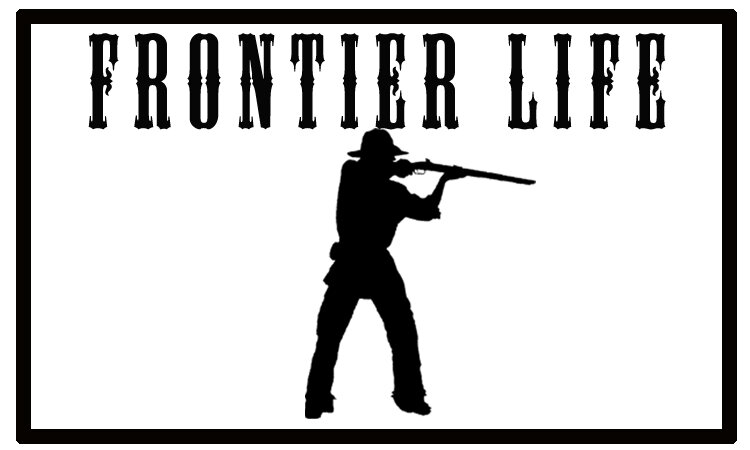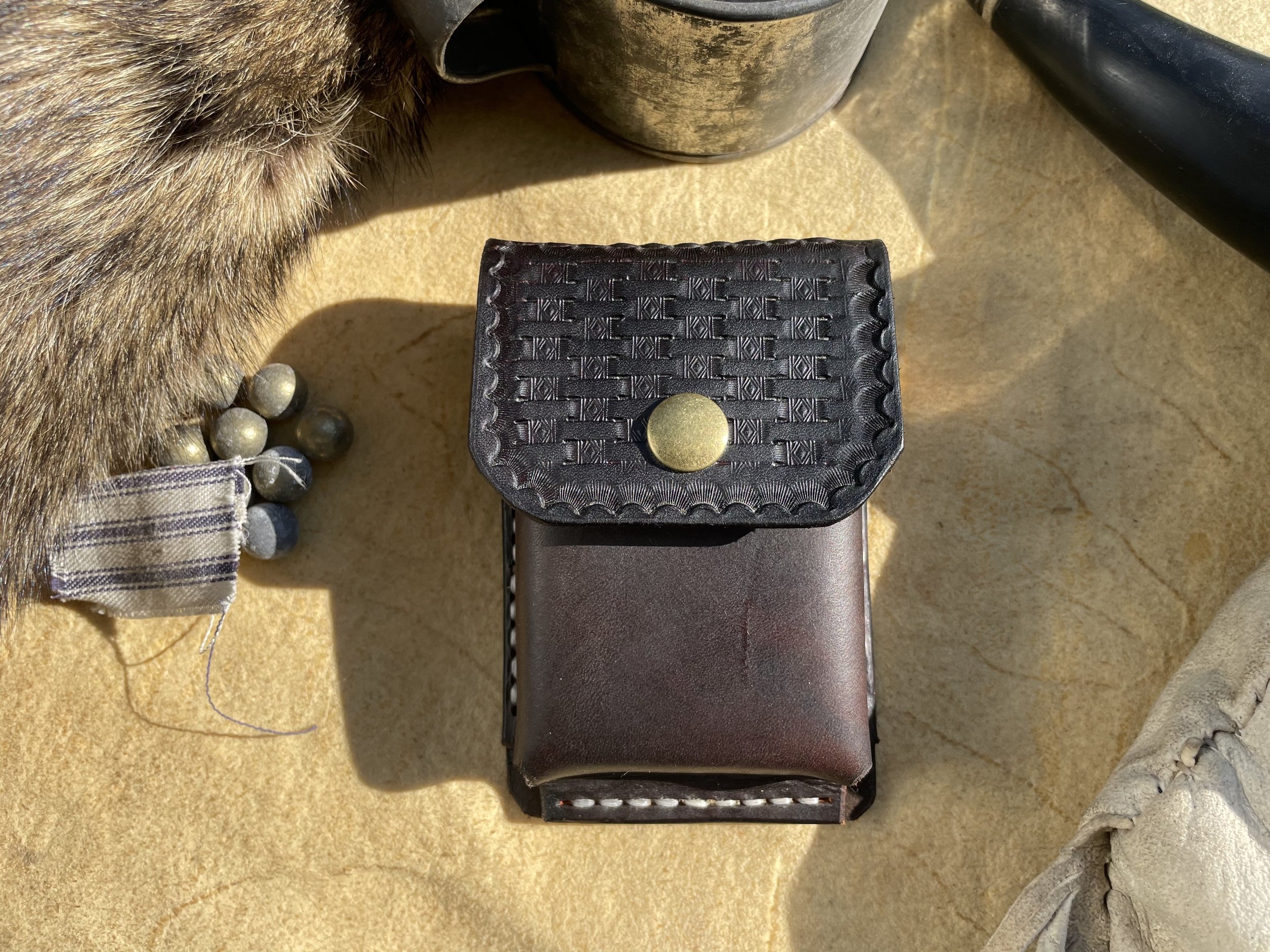Modern Frontier: How to Cook with a Dutch Oven
Dutch ovens are a traditional way to cook in the outdoors.
Life is full of trade-offs. Nothing is perfect, so we end up having to make choices with options that have strengths and weaknesses. If you’ve ever planned for a wilderness trip, you’ve experienced this dilemma. You can’t take everything, but you do want to take enough gear so that you’ll enjoy your trip. As I’ve written about before, oftentimes, you can sometimes replace gear by using skills and knowledge instead. However, there is always gear to bring. The trick is bringing gear that best suits the criteria you’re looking for. That is what understanding trade-offs is all about. For instance, consider camping cooking equipment.
Camp cooking equipment is something we all pack when we head outdoors. There are a bunch of different options of food, stoves, kitchenware, and other options. We all have different priorities when it comes to selecting what we want from our gear. Some people want easy, some people want long-term, and some people want finger-licking good food. Choosing one cooking option to meet all these demands is probably impossible. Options that are easy are most often not durable or long-term, and options that are finger-licking good often aren’t easy. It’s important to be honest when looking at our outdoor gear's strengths and weaknesses. One such camping cooking item it’s worth being honest about is the Dutch oven.
Dutch ovens are a traditional option for outdoor cooking. In fact, Dutch ovens were commonly brought on historical events like the Oregon Trail and cattle drives. In my book, Trail to Cheyenne, I included an incident when Sam (the main character) careens through a camp on a bucking horse and scatters the cook’s kitchen:
Charles Russell’s “Camp Cook Troubles” shows a cowboy scattering the cook’s Dutch ovens in the foreground.
Although he’d ridden plenty of bucking horses, he felt a few extra nerves on this particular morning. He could feel the eyes of the crew on him and knew that if he hit the ground he wouldn’t improve his standing with them. Taking a deep breath, Sam grabbed the near rein, stuck a foot in the stirrup, and swung fluidly into the saddle. As expected, his foot had hardly found the off stirrup before the roan blew into a bucking fit. Sam could feel the powerful jumps threaten to dislodge him from the saddle and throw him over the front end. Half running, the roan leaped around in a violent frenzy. Fighting to stay in the saddle, Sam squeezed with his legs. Unable to control the course of the horse, it careened straight toward the chuck wagon and Smoke’s fire. Although Sam’s focus was on the horse, he could see the arthritic cook emerge from behind the wagon. A flash of panic flashed in the old man’s eyes, and he saw the bucking horse and rider coming pell-mell in his direction. At the last possible moment, the weathered old man dove out of the way. As he did, the roan pitched right through the kitchen scattering Dutch ovens, plates, coffee, and ashes in its wake. For a few perilous seconds, Sam struggled as the roan snorted and jumped.
After leveling the camp, the roan snorted and took off at a run into the meadow. Luckily, Sam had managed to ride the buck out of it and knew he could now ride the horse wherever it would go. For several seconds, the pounding of hooves and the flash of the shadowy meadow were all he could see. Not wanting to spook the cattle, he pulled on a rein and made a big arcing circle. In less than a minute, the roan had made its run. Its nostrils flared, its eyes were wide, and its sides heaved when Sam managed to get it to stand still.
Dutch ovens were commonly used on the frontier for many reasons. One reason is that they were durable enough to stand up to the task and they were effective for outdoor tasks. Using a Dutch oven, cooks could simple items like beans and bread or more delectable treats like pies. The downside with Dutch ovens has always been their weight. It’s one reason why mountain men didn’t commonly use them. Dutch ovens were too heavy for their constant movement with a pack string. However, for certain groups of people, a Dutch oven was a good choice for their camp cooking duties.
Even today, many people still enjoy cooking with a Dutch oven. Personally, I have experience with them and found the Dutch oven to be an enjoyable and effective way to cook in the outdoors. One thing I like about them is their durability. If you care for your Dutch oven properly, it will last basically indefinitely. In addition to their weight, another thing about Dutch ovens that turns off some people is the knowledge base you need to use and care for one. Fortunately, we live in a time where information is as cheap and accessible as ever in world history. As a result, we can access people who are the best in their field, oftentimes for free. When it comes to Dutch ovens, one of the masters of the subject is the popular Kent Rollins.
For those who don’t know Kent Rollins, he is a true-blue cowboy camp cook. After cowboying and cooking in his younger days, now Rollins uses his skills and knowledge to teach people and demonstrate camp cooking. His YouTube channel is a great resource for people who want to learn more about camp cooking as well as learn some tasty kitchen recipes. If you’re interested in learning how to use a Dutch oven, you’ll enjoy this begginer’s guide video that Rollins put together.
Historically, the Dutch oven has been a good camp cooking option for certain groups of people. Despite its weight and the work required to use one, for certain situations, it’s about the best there is. Hopefully, this video can help some of you out there who are looking to learn how to cook with a Dutch oven. Using one is a traditional skill that can still be completely relevant in the modern world.


